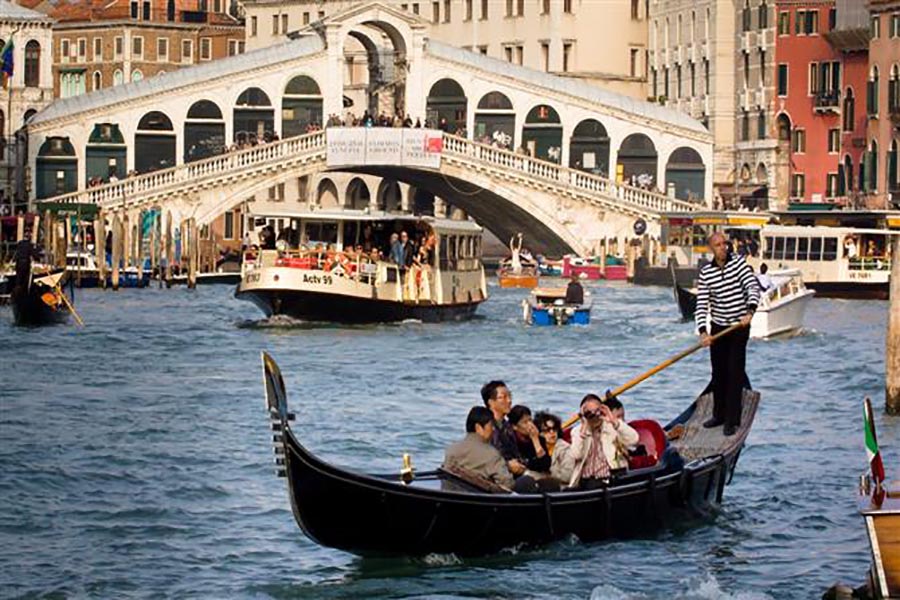It is well known that many destinations invest to attract an increasing number of visitors. In contrast, the more frequent, the greater the stress – social, environmental and aesthetic – affected in such locations, according to a report by the World Travel and Tourism Council (WTTC).
According to the report, which analyzes the ways in which destinations can identify and prevent overcrowding of visitors, as well as control where the problem is already observed, it also contains the observation of the World Tourism Organization (WTO), which provides for a growth to 1.8 billion international tourists – who will be mainly concentrated in few destinations worldwide.
“If travelers spread evenly across the globe this influx would be easily solved,” the report notes. “But this is not the case.” The report also notes that only France received about 82 million international tourists last year; while neighboring Germany did not get half of that number and Portugal, about a quarter of that. Even within countries, the WTTC stresses, Tourism is uneven. The French capital hosted the triple of visitors that the region of Champagne.
“This concentration of international travelers in a few countries is likely to be maintained,” the report predicts. Overcrowding results in stressed residents, degraded tourist experiences, overburdened infrastructure, damaged nature and threats to culture and heritage, the report says. Dubrovnik, Croatia, and Venice, Italy, were singled out as the most endangered.
According to the report, among measures to contain the situation and assess overcrowding, it is important to balance supply with demand, regulate bedding and even limit access to activities.
Photo: Reproduction
Source: Travel Weekly / Panrotas

